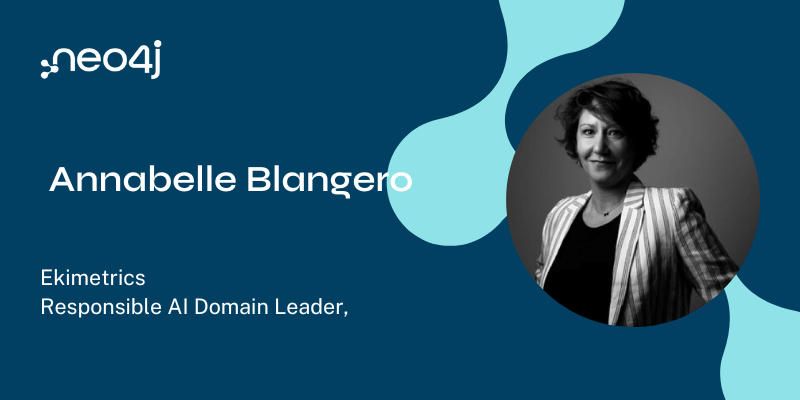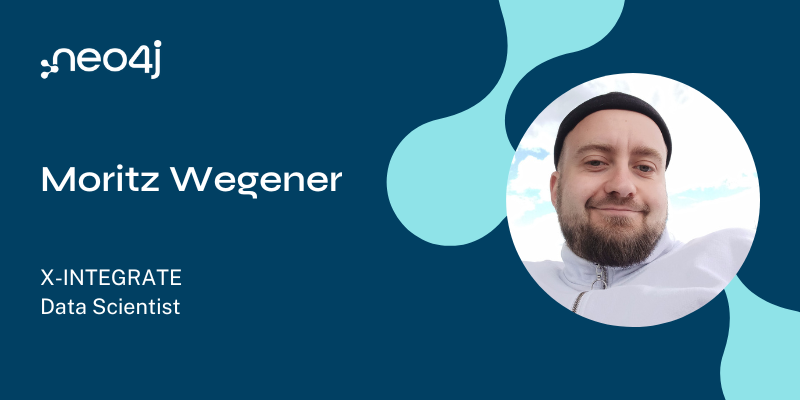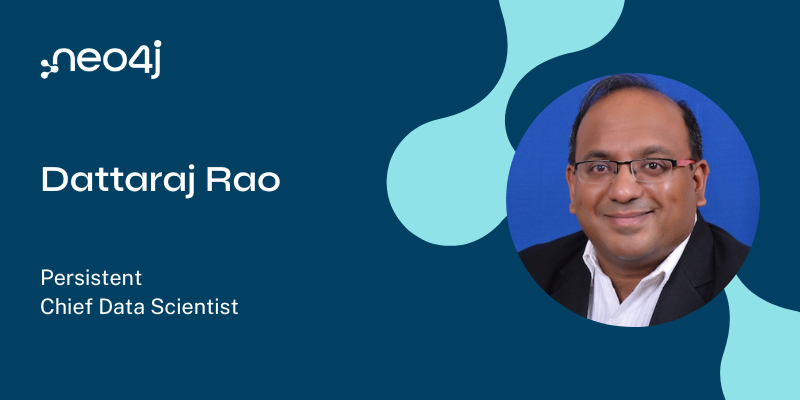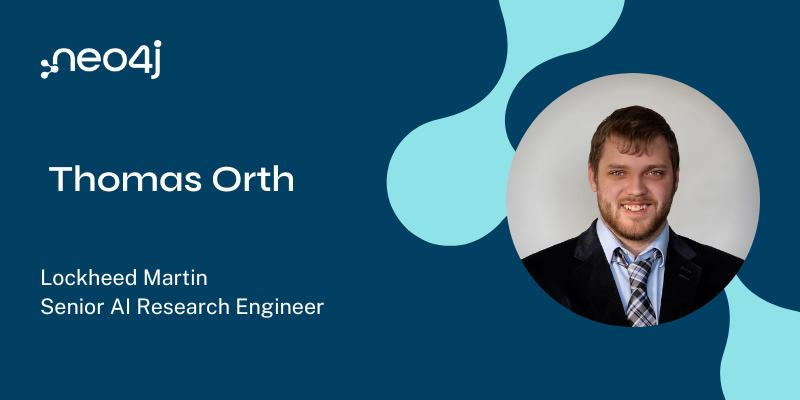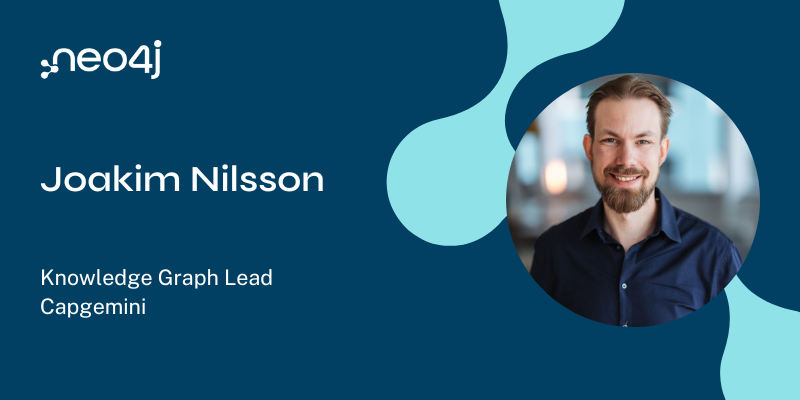This Week in Neo4j: HealthECCO, Graph Algorithms in Rust, Nobel Prize, AWS Lambda, Python, IntelliJ, and More

Sr. Manager, Developer Community
3 min read

Welcome to this year’s first newsletter! Here are some of this week’s highlights: In “Create Dynamic Serverless Applications with Neo4j Graph Database and AWS Lambda,” you’ll learn to populate front-end applications with connected data.
In the article “Extracting insights from HealthECCO Knowledge Graph,” you can read how data scientist Artem Ryasik uses Neo4j native Graph Data Science library to create an in-memory graph projection of data from Covidgraph, a biomedical graph by HealthECCO, and applies multiple algorithms for analysis and machine learning. In other articles of interest, learn to debug a Spring Data Neo4j app connection or create a knowledge graph of recent Nobel Prizes in Physics, Chemistry, Medicine, and Literature.
Since learning new things is on everyone’s list of New Year’s resolutions, try checking the NODES session recordings for fresh ideas on a great many topics.
Cheers,
Yolande Poirier
P.S.: If you’re a developer building modern applications with GraphQL, don’t forget to take this short, two-minute survey. We want to hear from you!
FEATURED NODES SPEAKER: Corey Lanum
Corey Lanum has worked with the largest defense, intelligence, security, and anti-fraud organizations in North America. He has a diverse background working on big data initiatives and implementing proven solutions that provide customers with key insights into their data. He is the author of the book “Visualizing Graph Data” from Manning Publications. You can follow him on LinkedIn.
In his NODES 2022 presentation, he demonstrates how to present graph analytics in a way that users can understand easily. Watch it now!

KNOWLEDGE GRAPH: Extracting insights with HealthECCO
In this blog, Artem Ryasik represents biomedical data as a graph to uncover meaningful relationships between genes and diseases. He applies different clustering algorithms to a subgraph to see if the clusters are stable, interprets their content, identifies which nodes are the most significant, and describes how these results can be used in practice.
DISCOVER AURA FREE: Nobel Prize
In the latest episode of Discover AuraDB with Michael and Alexander, a dataset of the most recent Nobel prizes is imported and queried as a graph. Michael Hunger explains how they use this dataset to create a knowledge graph connected to papers, authors, publications, and research data.
NODES SESSION: Native Graph Algorithms in Rust
CLOUD APP: Create Dynamic Serverless Applications With Neo4j Graph Database and AWS Lambda
GRAPH DATABASE: Using Neo4j to Find the Most Powerful Package
TUTORIAL: Non-Suspending Breakpoints With IntelliJ
TWEET OF THE WEEK: @TheSuranaverse
Don’t forget to retweet, if you like it!
Working on Graph Database using @neo4j by @Mayankgbrc at #DevFestPatna ??
Such an amazing session on Graph Database using Neo4j to handle high volume of data & simplify hundred lines of queries in #SQL & at the end using #Python3 instead of SQL ?#DevFest2022 #gdgpatna pic.twitter.com/kOXy3BIeAf
— Subham Surana ?⛄ (@TheSuranaverse) December 24, 2022
COMING UP NEXT
Discover AuraDB with Michael and Alexander on January 9, 2023.
Full Stack GraphQL Book Club, Chapter 6: Client-Side GraphQL With React and Apollo Client on January 11, 2023.
Why Graph Query Language Matters on January 12, 2023.
Ep: 12 a series on graphs, semantics, and knowledge on January 16, 2023.




